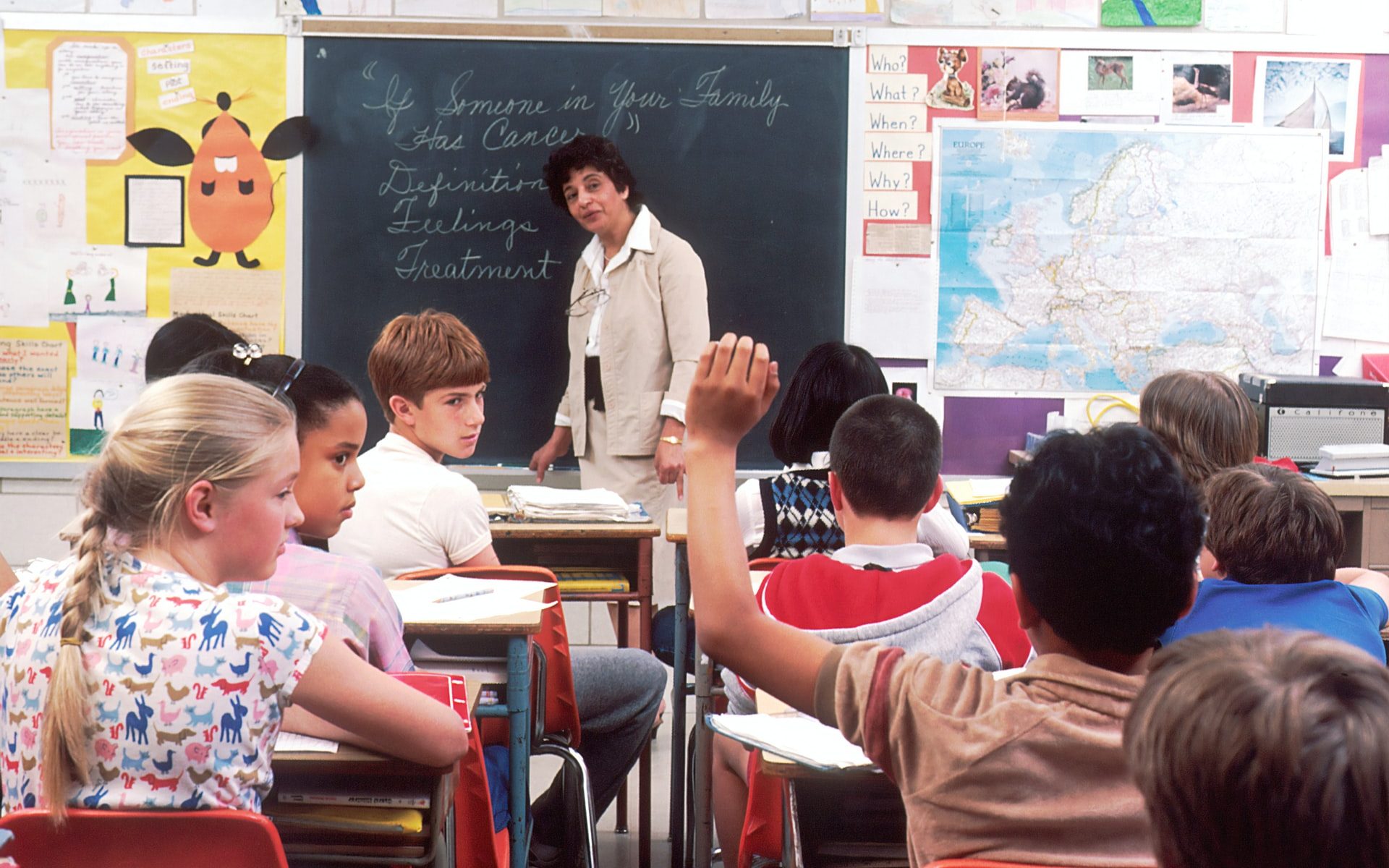Literacy development is an area of focus that continues to evolve through research. So, we need to use the study’s findings and create practical ways of developing literacy in young children, namely toddlers and preschoolers.
To do this, here are a few suggestions that you can put to use to promote the development of literacy and thus strengthening that connection in the early and formative years of your child.
Create A Rich Environment That Promotes Literacy
The environment that you provide to your toddler or preschooler impacts their literacy development. This is why you need to cultivate an environment that is rich in the promotion of literacy.
To do this, you can take simple steps, such as purchasing children’s books. Take it a step further by taking your child to your local library to help your child generate an interest in reading.
Apart from that, you can also purchase subscriptions to magazines as well as newspapers. You can even provide reading material that we find and handle daily, such as menus, checks, and even greeting cards.
Make Use Of Nursery Rhymes
A great way to promote literacy development within your toddler and preschooler is to use things that they would be interested in naturally, such as nursery rhymes.
To do this, you can simply add in a basic plot, a central character, and even a simple storyline to your child’s favorite nursery rhyme.
The same technique applies to your child’s favorite book. This will strengthen their language abilities and even help your child understand and grow their capacity to listen.
Create An Accepting Atmosphere
You need to create an atmosphere that is both accepting and warm by taking simple steps, such as answering your child’s request when reading their favorite books.
You should also enthusiastically respond to their comments and questions regarding text they see inside the house and the outside, such as road signs, menus, packages, and more. You should also make items, such as papers, pencils, crayons, markers, and more available for your child to use.
Capitalize On Their Interests
Go on short trips with your child, all of which will be related to developing their interest in reading, such as going to a book fair or even your local library.
Concluding Thoughts
In the past, preparations for the ability to read were known as reading readiness. However, this has changed as a new term has emerged, that is, emergent literacy. This term defines reading development as a continuous exercise to promote literacy development in your toddler and preschooler.










